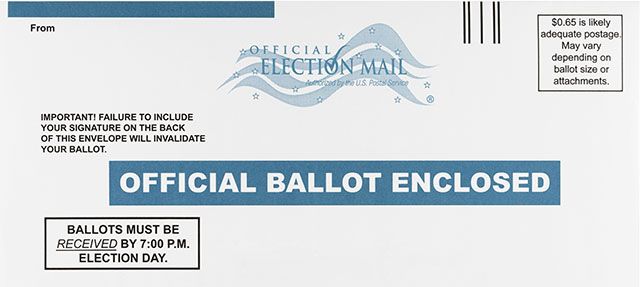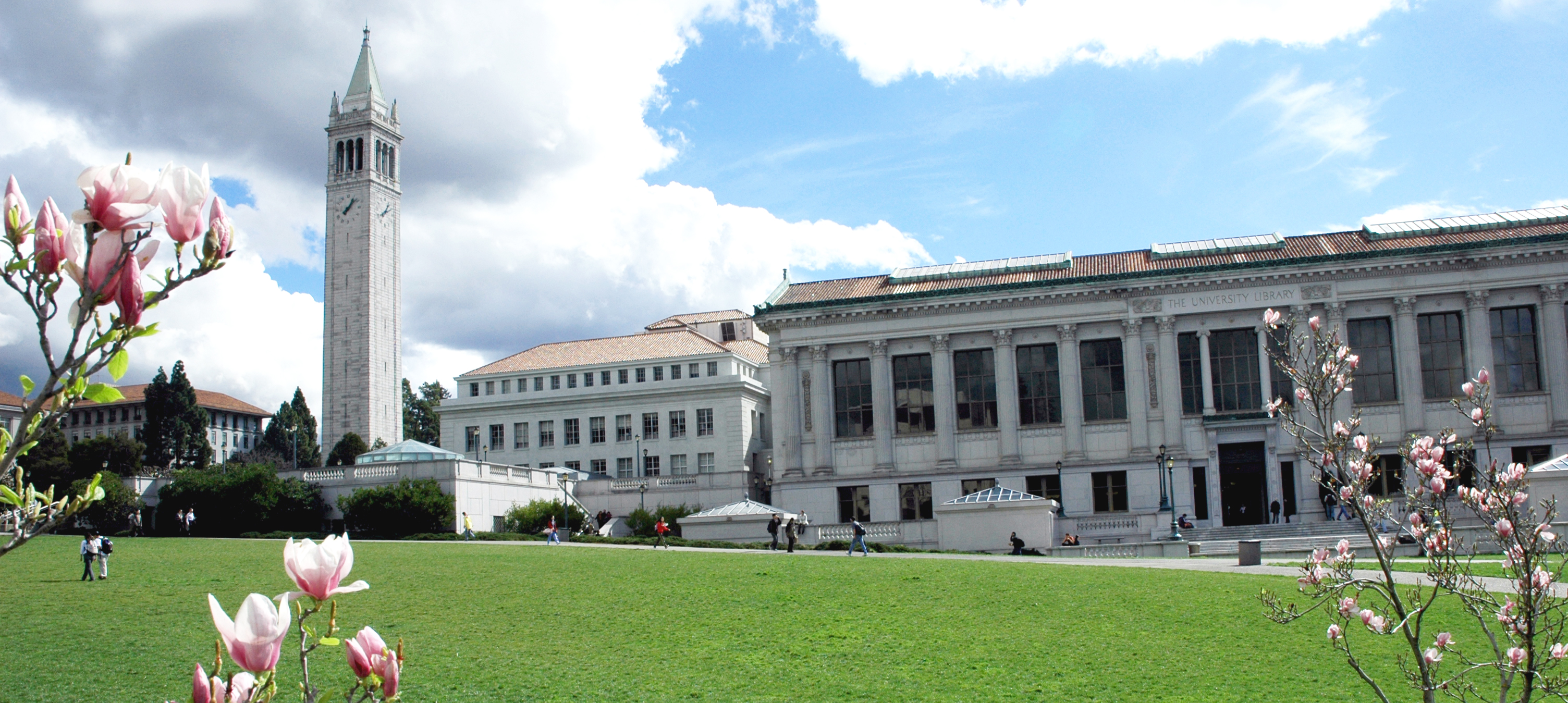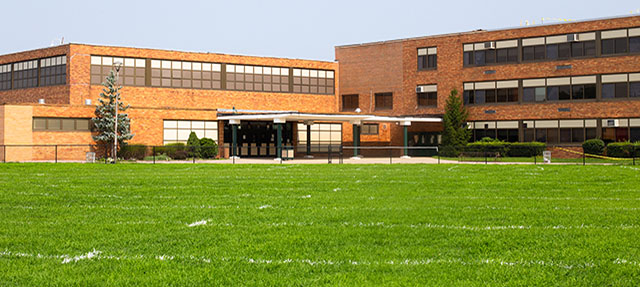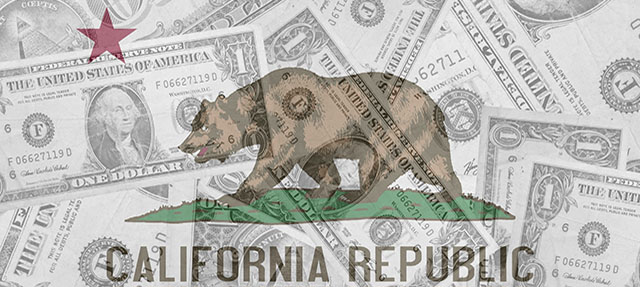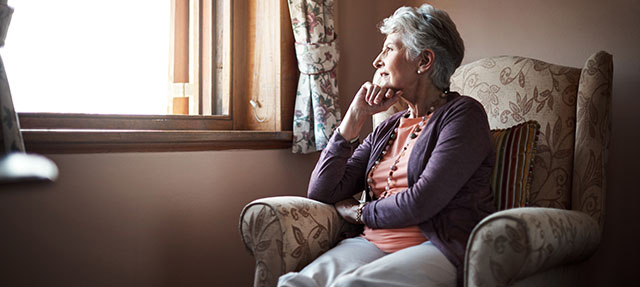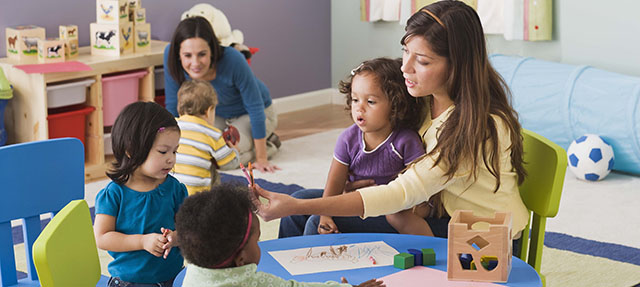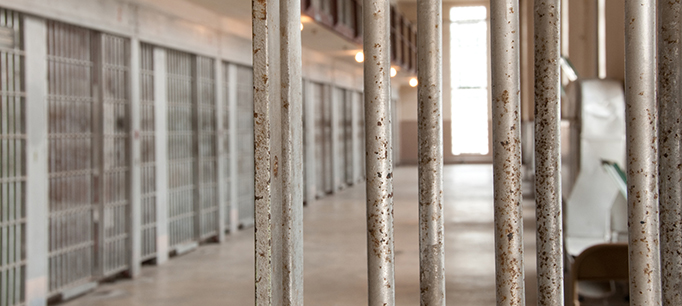Given the risk of transmitting the novel coronavirus, Governor Newsom has mandated that all California voters receive a vote-by-mail ballot for the November election; socially distant in-person voting options are being worked out. This approach was taken for two recent special elections—one in Congressional District (CD) 25 in north Los Angeles and eastern Ventura Counties, and one in State Senate District (SD) 28 in Riverside County. Both were runoffs, and both first-stage elections coincided with the March 3 presidential primary. Some observers are looking to these elections as test cases for November.
Over the past 30 years, when one stage of a special election has coincided with a regularly scheduled election and the other has not, the stand-alone election has always had lower turnout. On average, the difference has been 25%. In the May run-off election, however, turnout in the LA portion of CD 25 was slightly higher than turnout in March (38%, compared to 36%, as of May 19).
LA County was able to offer in-person voting as an option in both elections because it had already replaced traditional polling places with a smaller number of in-person “vote centers” open to all voters in the county. That may explain some of the strong turnout, but the shift away from polling places was more abrupt in the Ventura portion and turnout increased from 51% to 55%. And Riverside’s SD 28, where the shift was also sudden, saw only a modest drop in turnout (44% to 38%).
We should be careful not to draw too many conclusions from these numbers. Some of the turnout dynamics reflect the competition in each race. In CD 25 in particular, the runoff was unusually interesting for Republicans compared to the March 3 primary, so many more were probably motivated to vote.
More important, the fall will be a very different experience, involving more than 40 times as many voters in all 58 counties with a wide range of backgrounds. The scale of the response must expand to match. Neither Ventura nor Riverside was able to offer in-person voting. That has to change for the fall. Voters who prefer to cast ballots in person tend to come from populations that are already underrepresented. The question is not whether but how many in-person voting sites can be made available.
Nonetheless, the strong turnout in these special elections is a hopeful sign. There is still much work to be done, but it may be possible to conduct a fall election that is both safe and fair.
